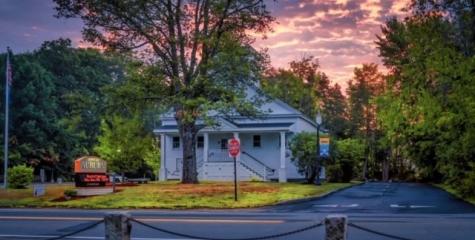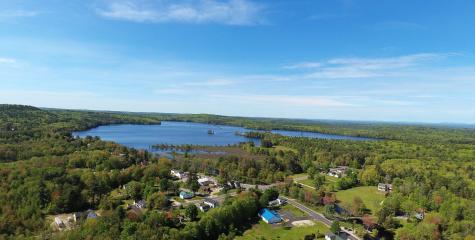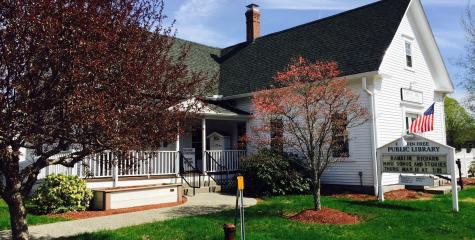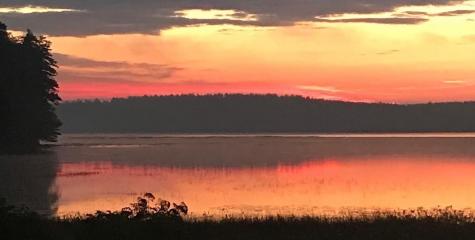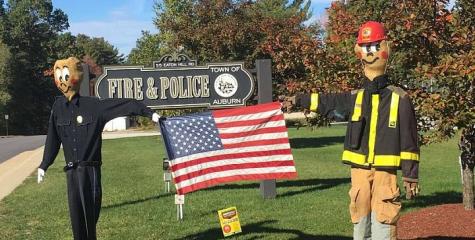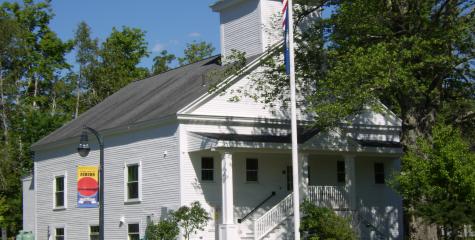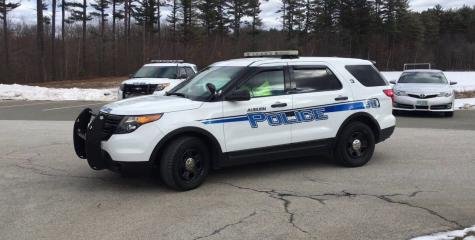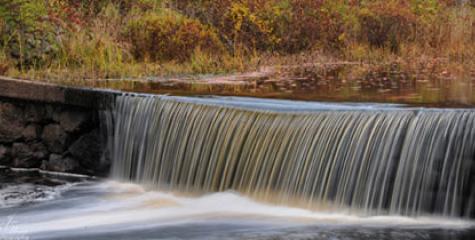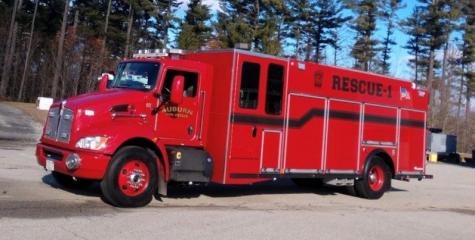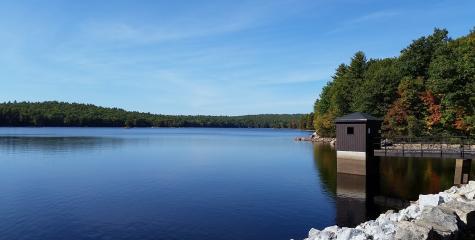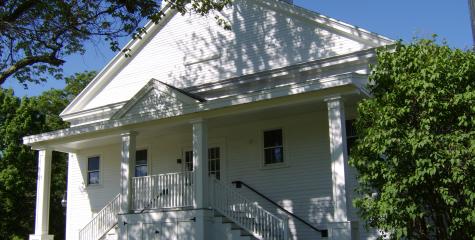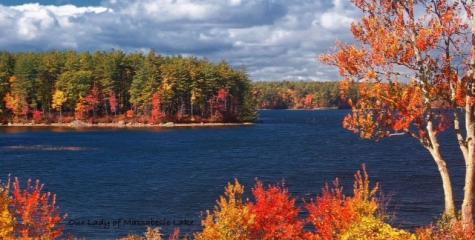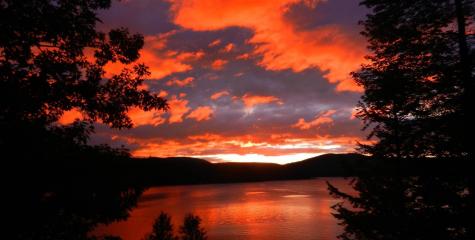Stormwater FAQ
What is Stormwater?
Storm water occurs when rain fall onto impervious surfaces, such as driveways, parking lots and roads, and flows over the ground surface rather than infiltrating through the soil. Without infiltration, water flows over land and collects sediment and other non-point source pollutants that lie in its path on its way to a watershed causing contamination, ruining drinking water and killing fish and wildlife.
What is a Non-Point Source Pollutant?
Non-point source pollutants can include oil and sand from roadways, pesticides, fertilizers, animal wastes, sediments from construction sites, crop and forest lands, eroding streambanks, nutrients and toxic materials from urban and suburban areas. The effects of non-point source pollutants on specific waters vary and may not always be fully assessed. However, we know that these pollutants have harmful effects on drinking water supplies, recreation, fisheries, and wildlife.
What is a Watershed?
A watershed is a geographic area in which all water drains to a given stream, lake, wetland, estuary, or ocean. Our landscape is made up of many interconnected watersheds. Within every watershed, water runs to the lowest point on that landscape - a stream, river, lake, estuary, or ocean. On its way, the water travels across farm fields, forestland, parking lots, highways, city streets, and backyards. You, and everyone in your watershed, use and impact the same water supply.

